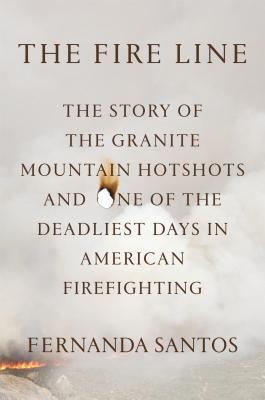What do you think?
Rate this book


273 pages, Hardcover
First published May 3, 2016
"The Granite Mountain Hotshots paid the price: they left that fire with a bad evaluation. A supervisor blamed the crew for the division's failure to meet its objectives for the day. Marsh was furious. The evaluation seemed like a reprisal for judiciously saying no. There weren't exactly any consequences, but Marsh didn't like having it on his record, especially because he didn't agree that it was fair."